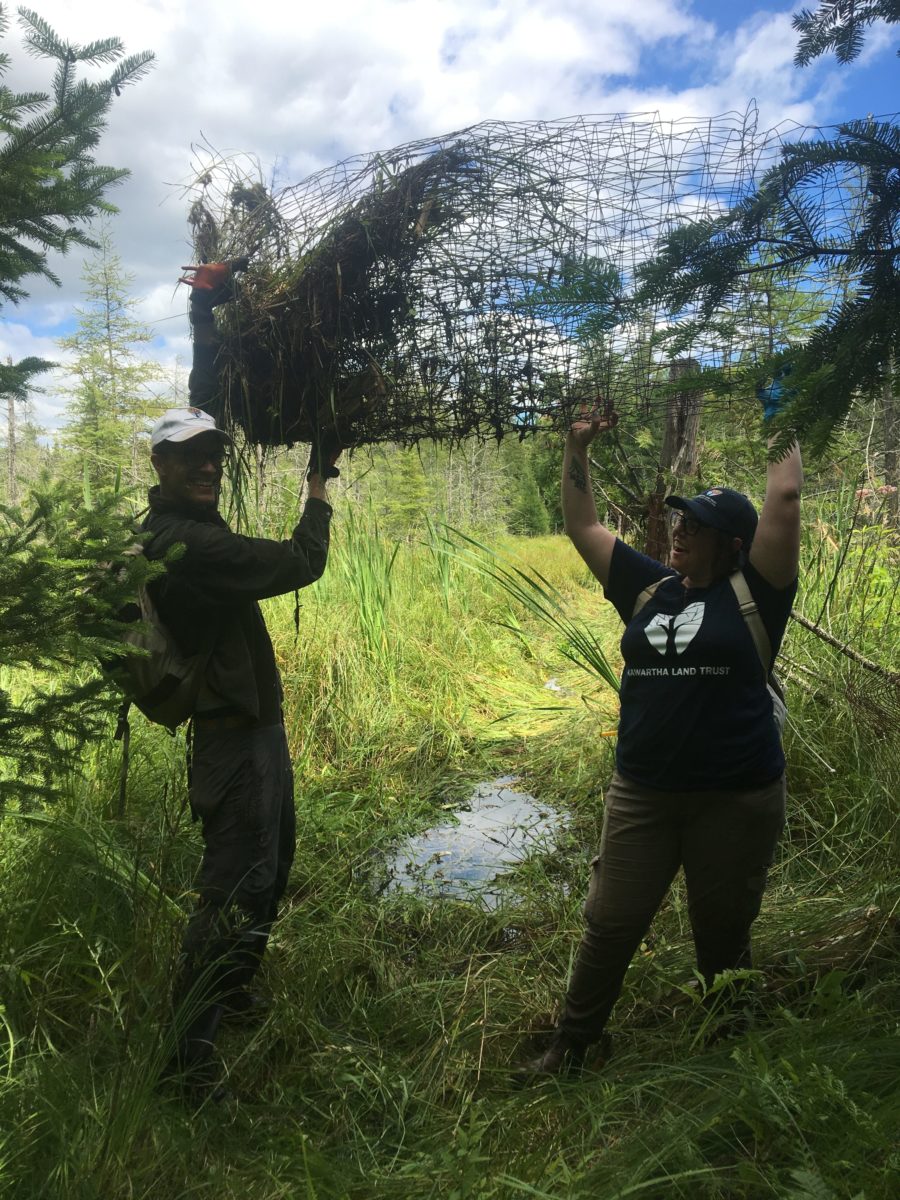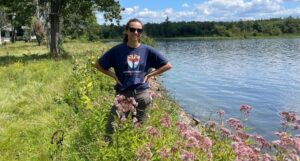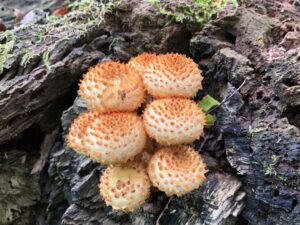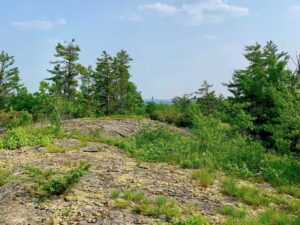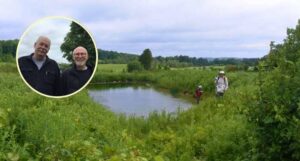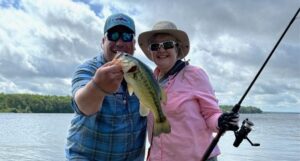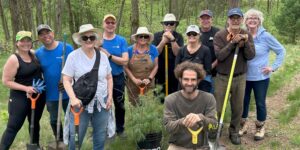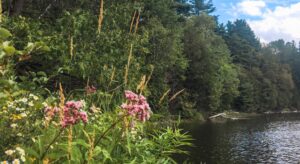Take down the fence! Cation Property, Coboconk
By: Thom Unrau, Land Stewardship Coordinator
Every so often you get to do something really fun that also makes a difference in the world. While the activity I’m talking about isn’t everyone’s idea of fun, there is nothing subjective about the benefit that a few KLT staff, a truck load of Ontario Parks Stewardship Rangers and tireless KLT volunteers did on a few hot July days in Coboconk. I’m getting ahead of myself though first a little background.
Kawartha Land Trust was approached by landowner David & Sharon Cation, who is also a KLT volunteer and donor, about a 660 acre property in Coboconk he is interested in seeing protected in perpetuity. Discussions on how to best protect the property with Mr. Cation are moving along as our volunteers, along with Fleming College have done several surveys of the property to assess its ecological importance.
KLT Volunteer botanists have discovered regionally rare plants. Birders have discovered a haven for birds such as eastern Towhee and Rose-breasted Grosbeak, species that have experienced a 50% decline in the last 50 years.
Every step of the way Mr. Cation learns more and more about his property, and gains another level of appreciation for its protection.
One of the most interesting aspects of the property was discovered by a GIS intern, Lindsey Bargelt from Trent University’s integrated wildlife biology department. As part of her internship, Lindsey, developed a functional connectivity model for KLT. This model uses aerial photo interpretations and computer algorithms to find the most likely avenues of travel for wildlife. Her mapping identifies the most likely channels of wildlife migration during climate change, but also showcases an important fact: that wildlife is not confined to one place, but must have connected natural areas to have room to roam across the landscape. On Lindsey’s analysis Cation’s property is marked as an area of high connectivity, meaning its place on the landscape make it very valuable for wildlife movement.
Functional Connectivity Map:
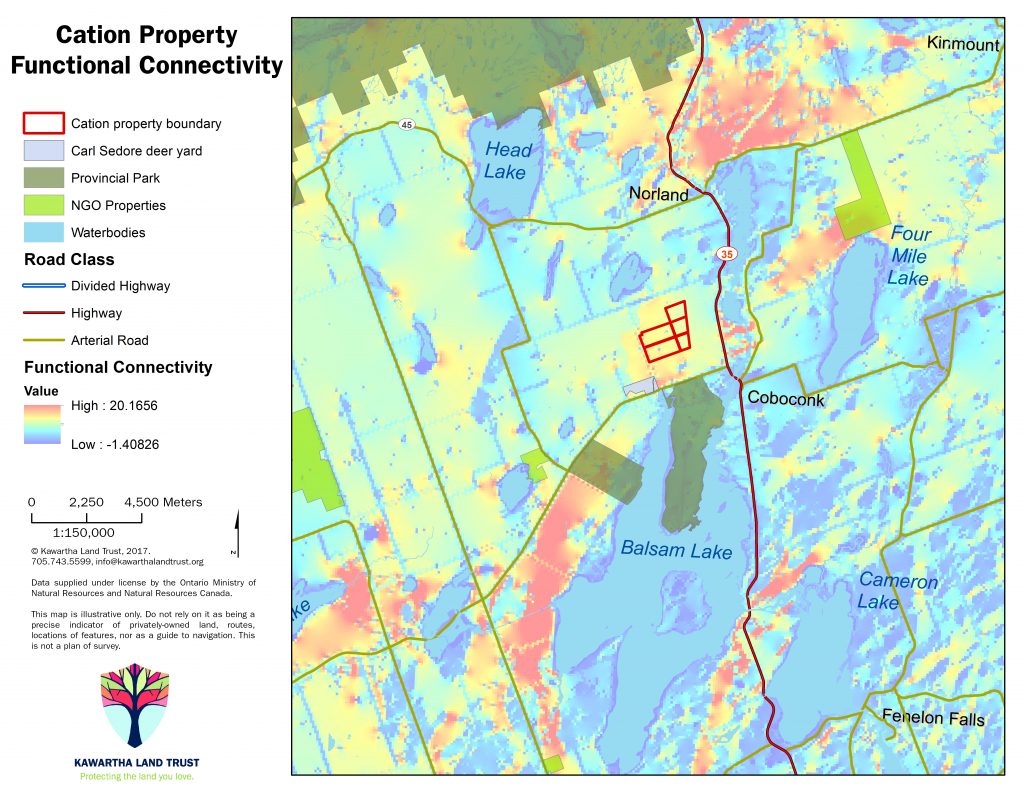
There was only one problem, something undetectable in computer analysis. The entire 660 acre property was a former hunting lodge, and the whole perimeter was completely fenced to keep the prey that was released inside the fenced property from escaping!
Visible along the outside of the fence there is evidence of wildlife trails and areas where animals had hit the barrier and were forced to travel around the large property. The fence also crosses a large wetland complex, an area where wildlife are naturally drawn, but the fence is preventing access to this rich corridor.
What should be an above average corridor on the landscape wasn’t even accessible by wildlife, now thanks to our team we have made a sizeable difference.

And here is where we get to the fun part. We got to put on our boots, hike deep into the forest and trudge through the wetland, knee deep in muck, pulling large sections of the fence down. We got to see the fence, once solid and impermeable and remove it. There was a fence there. And now it is gone.
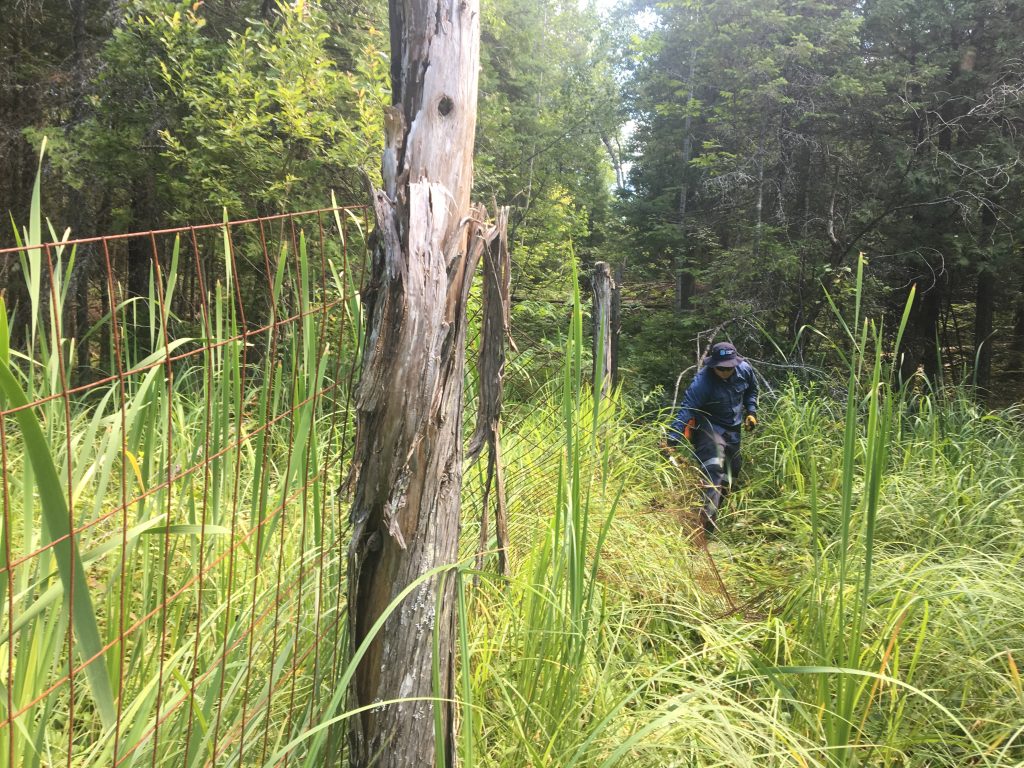
I love the satisfaction of this work, of seeing something tangible done. Of course the sweaty, dirty day was made sweeter knowing the critical importance of the property as a wildlife corridor. It was amazing to imagine a mink or a moose on the other side of the fence, unable to continue, and how our work that day improved access to the habitat and movement they need to survive.

The icing on the cake of course was all the people that made the day possible. From the interest in conservation of the landowner, to Lindsey’s hours in front of a computer for the mapping analysis, to watching some of the volunteers go from squirming through the marsh, to confidently tackling the fencing and the elements. Our team of dedicated conservationists, all with unique skills, enabled wildlife to roam free over this critical area.
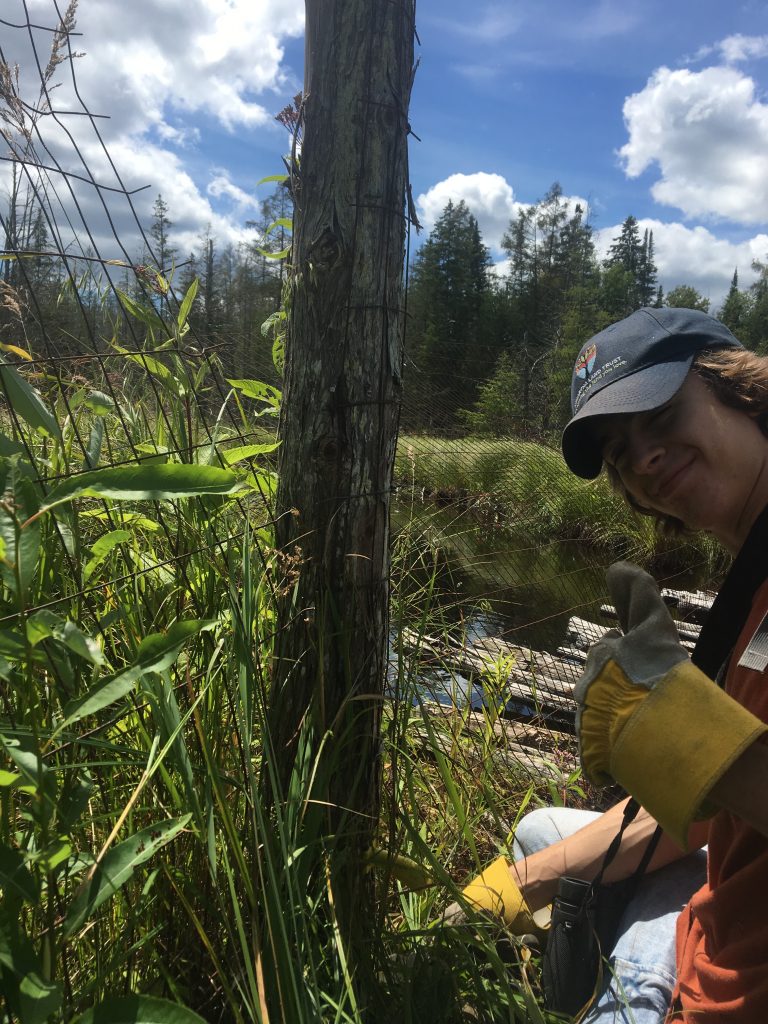
Special thanks to the donors, volunteers and foundations who support the work that we do, it is because of you wildlife can now travel through the Cation Property.
Thank you to the Ontario Trillium Foundation’s Seed Grant that has enabled us to undertake stewardship activities on private lands, also to Environment and Climate Change Canada for the land securement and volunteer management support.
Last but not least, thanks to all donors who share our conservation vision and contribute to making that vision a reality.
See KLT’s Map of Stewardship Projects on Private Lands

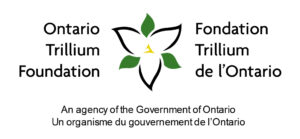
Posted September 16, 2017.

